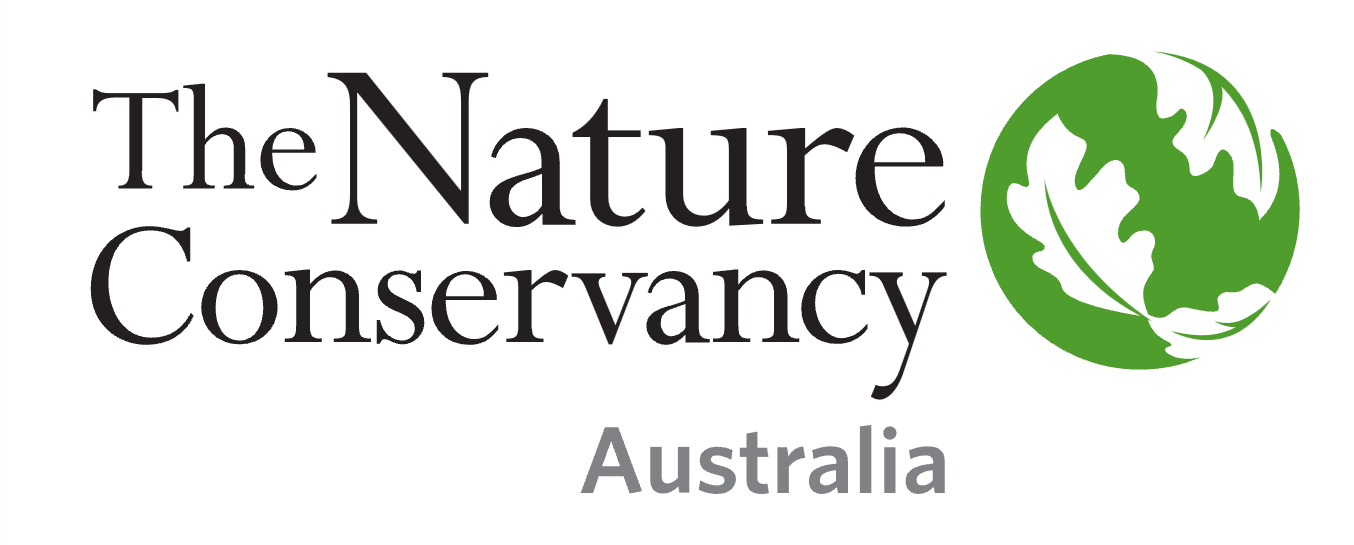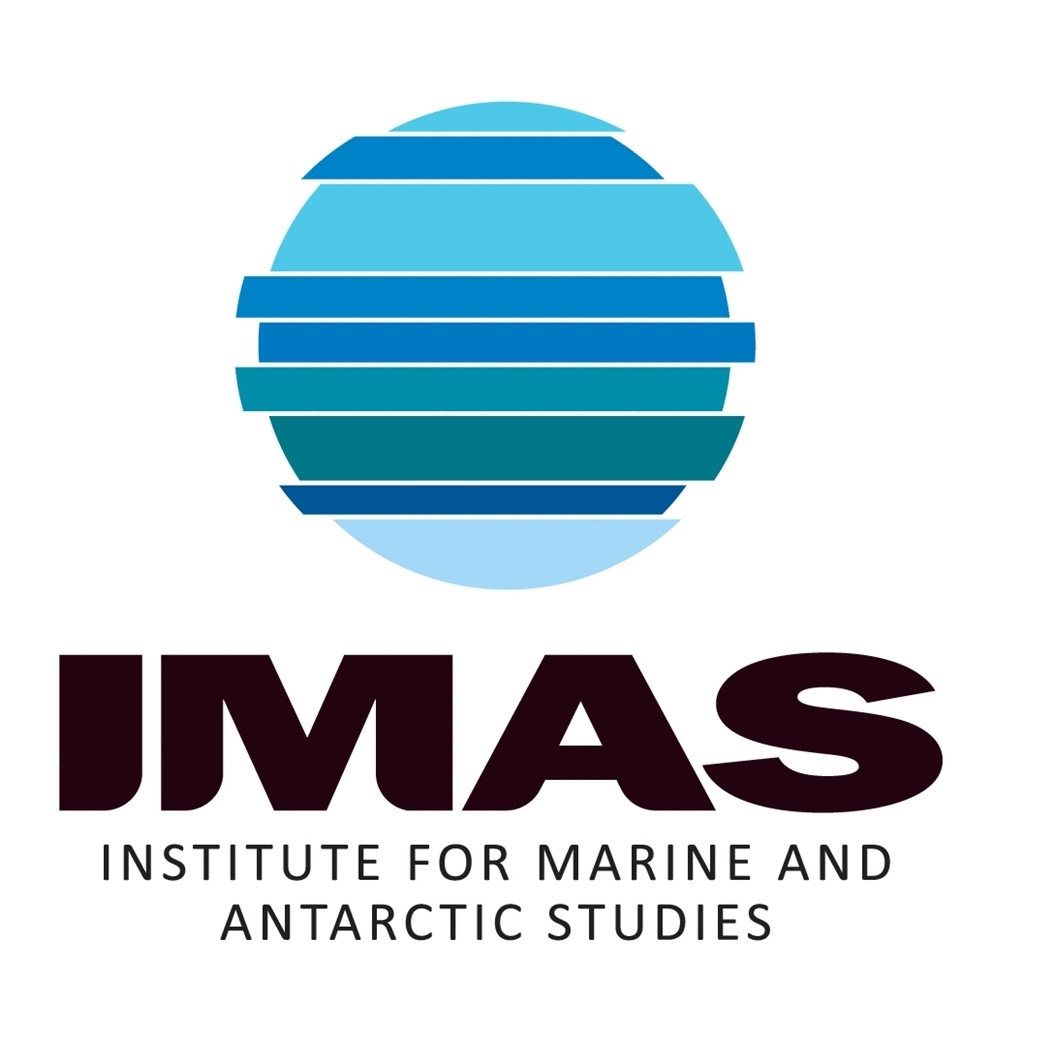Remote sensing surface canopy mapping of Giant Kelp forests in Southern Australia, 2016–2023
Australia's kelp forests are among the most productive and biodiverse ecosystems on the planet. Giant kelp (Macrocystis pyrifera) can develop extensive forests and create dense surface canopies, providing a variety of ecological functions and ecosystem services including carbon sequestration, nutrient cycling and habitat provision.
Giant Kelp forests naturally fluctuate from year to year and experience dramatic interannual variability. However, over the last 4–5 decades, a ~95% loss of surface-canopy forests has been recorded in eastern Tasmania due to a combination of ocean warming, changing currents, recruitment limitation, and intense herbivory by expanding sea urchin populations. While kelp forests also occur on mainland southeastern Australia, relatively little is known about the ecology of Giant Kelp in this region. In recognition of the species' rapid declines in eastern Tasmania and the lack of data elsewhere, Giant Kelp communities in Australia were declared an endangered marine community in August 2012 under the EPBC Act.
Given the conservation status of Australian Giant Kelp communities, ongoing threats, and absence of a sanctioned recovery plan, there is an urgent need to establish the current extent for Giant Kelp in Australia, and to monitor changes over time. Historical aerial surveys techniques are costly, logistically difficult, and prone to cloud interference - impairing the ability of resource managers to consistently assess Giant Kelp abundance and distribution across jurisdictions. Recent improvements satellite remote sensing techniques now offer a reliable and cost-effective means for long-term kelp canopy monitoring at broad spatial and temporal scales.
This project mapped the surface canopy of Giant Kelp forests from 2016 to 2023 using 3 m resolution satellite imagery across the known historical range in Tasmania, Victoria, southern New South Wales, and eastern South Australia. The mapping workflow was divided into the following broad steps:
• Generate a precise land/water mask to exclude intertidal areas
• Create a first-pass machine learning (ML) classification using Sentinel-2 (10 m) imagery
• Acquire and process PlanetScope (3 m) daily imagery
• Train and evaluate a second-pass ML model for kelp detection using PlanetScope imagery
• Visualise results via an interactive Earth Engine application to enable input from expert review
---DATA DESCRIPTION---
• KelpWatch_KelpExtent_ALL_shp.zip: binary kelp extent - by year x zone (near-coast & estuary/embayment vs open water)
• KelpWatch_KelpProb_ALL.zip: continuous probability of kelp - by year x zone x threshold (low vs high)
Simple
Identification info
- Date (Publication)
- 2025-08-21
- Edition
- Version 1
Identifier
- Title
- Information and documentation - Digital object identifier system
- Citation identifier
- ISO 26324:2012
- Code
- 10.25959/QX9C-YX42
- Codespace
- doi.org
- Description
- Digital Object Identifier (DOI)
- Credit
- This project was a collaboration between The Nature Conservancy (TNC), Google, NGIS, and Planet Labs. Imagery was provided by Planet Labs. Work was funded by Google. Modelling was carried out by NGIS.
- Status
- Completed
Point of contact
Point of contact
- Topic category
-
- Biota
- Environment
Extent

Temporal extent
- Time period
- 2016-01-01 2023-12-31
Vertical element
- Minimum value
- 0
- Maximum value
- 30
- Identifier
- EPSG::5715
- Name
- MSL depth
- Maintenance and update frequency
- Not planned
- Keywords (Theme)
-
- remote sensing
- Machine Learning (ML)
- Keywords (Taxon)
-
- Macrocystis pyrifera
- Global Change Master Directory Earth Science Keywords, Version 8.5
- AODN Geographic Extents Vocabulary
-
- Coastal Waters (Australia) | Coastal Waters (Australia) | Tasmania Coast, TAS
- Coastal Waters (Australia) | Coastal Waters (Australia) | Victoria Coast, VIC
- Coastal Waters (Australia) | Coastal Waters (Australia) | New South Wales Coast, NSW
- Coastal Waters (Australia) | Coastal Waters (Australia) | South Australia Coast, SA
Resource constraints
- Linkage
-
https://licensebuttons.net/l/by/4.0/88x31.png
License Graphic
- Title
- Creative Commons Attribution 4.0 International License
- Alternate title
- CC-BY
- Edition
- 4.0
- Website
-
https://creativecommons.org/licenses/by/4.0/
License Text
- Other constraints
- Cite data as: The Nature Conservancy (2025). Remote sensing surface canopy mapping of Giant Kelp forests in Southern Australia, 2016–2023 (Version 1) [Data set]. Institute for Marine and Antarctic Studies. https://doi.org/10.25959/QX9C-YX42
- Language
- English
- Character encoding
- UTF8
Content Information
Distribution Information
- Distribution format
-
- Shapefile, Geotiff
- OnLine resource
- Explore data in the interactive Seamap Australia portal.
- OnLine resource
-
Binary kelp extent [Shapefile ~34MB]
Binary extent by year x zone (near-coast & estuary/embayment vs open water)
- OnLine resource
-
Continuous probability of kelp occurrence [Geotiffs ~1.3GB]
Continuous probability by year x zone (near-coast & estuary/embayment vs open water) x threshold (low vs high)
- OnLine resource
-
seamap:SeamapAus_NAT_GiantKelp_2016_2023
MAP - Giant Kelp detections (WMS)
- OnLine resource
-
SeamapAus_NAT_GiantKelp_2016_2023
This WFS service returns the data for download in various formats.
Resource lineage
- Statement
- ---𝗗𝗲𝗳𝗶𝗻𝗶𝗻𝗴 𝗔𝗿𝗲𝗮 𝗼𝗳 𝗜𝗻𝘁𝗲𝗿𝗲𝘀𝘁 (𝗔𝗢𝗜)--- The AOI was defined as coastal waters within 1 km of mainland and island shorelines south of −36° latitude along the Tasmanian, Victorian, southern NSW and SA coasts to a depth of 30 m (suitable habitat for Giant Kelp). This encompassed approximately 7,000 km² of coastal waters. To exclude areas incompatible with Giant Kelp growth, the AOI was refined by depth (Geoscience Australia 250m AusBathyTopo), land and inland water bodies were excluded (Digital Earth Australia Land Cover product), and sandy seafloor areas unsuitable for kelp attachment were removed (Seamap Australia National Benthic Habitat Layer). ---𝗥𝗲𝗳𝗶𝗻𝗲𝗱 𝗹𝗮𝗻𝗱/𝘄𝗮𝘁𝗲𝗿 𝗺𝗮𝘀𝗸--- A refined land/water mask was developed to improve classification accuracy near the coastline. Consistently bright pixels were removed from the base DEA Land Cover mask using Sentinel-2 brightness and NDVI percentiles (period 2016-2023), helping to mask out shallow rocks, sand, and whitewater artefacts. ---𝗚𝗶𝗮𝗻𝘁 𝗞𝗲𝗹𝗽 𝗸𝗻𝗼𝘄𝗻 𝗹𝗼𝗰𝗮𝘁𝗶𝗼𝗻𝘀 (𝗧𝗿𝗮𝗶𝗻𝗶𝗻𝗴 𝗱𝗮𝘁𝗮)--- Known Giant Kelp locations were used as training data for supervised classification. A number of datasets were sourced, including a 2019 aerial mapping survey in Tasmania, the Seamap Australia NBHL, the Atlas of Living Australia, previous drone/aerial surveys, and citizen science observations via KelpTracker. These records were supplemented with manual annotations collected via a custom Google Earth Engine tool using pre-processed PlanetScope imagery. ---𝗙𝗶𝗿𝘀𝘁-𝗽𝗮𝘀𝘀 𝗚𝗶𝗮𝗻𝘁 𝗞𝗲𝗹𝗽 𝗱𝗲𝘁𝗲𝗰𝘁𝗶𝗼𝗻 (𝗦𝗲𝗻𝘁𝗶𝗻𝗲𝗹-𝟮)--- A Random Forest model was trained on cloud-free Sentinel-2 mosaics (2016-2023) at 10 m resolution using known Giant Kelp locations and randomly sampled non-kelp pixels. Daily predictions were aggregated into monthly maps, retaining only pixels with at least two observations and ≥75% agreement for Giant Kelp presence. This analysis identified peak canopy months and guided the subsequent time window for PlanetScope imagery selection. ---𝗗𝗼𝘄𝗻𝘀𝗰𝗮𝗹𝗲𝗱 𝗚𝗶𝗮𝗻𝘁 𝗞𝗲𝗹𝗽 𝗱𝗲𝘁𝗲𝗰𝘁𝗶𝗼𝗻 (𝗣𝗹𝗮𝗻𝗲𝘁𝗦𝗰𝗼𝗽𝗲)--- To improve detection of smaller Giant Kelp canopies beyond the 10 m resolution of Sentinel-2, a second-pass classification was developed using PlanetScope imagery (3 m resolution, daily revisit). Up to three cloud-free (<5% cloud cover) acquisitions per year during the peak canopy period were selected using Planet's API. Three models - Naive Bayes, Random Forest, and a Convolutional Neural Network - were trained using PlanetScope visible and Near Infrared (NIR) bands. Training data were split 80/20 for model validation. Four spectral classes were used: Giant Kelp, Water, Shore/Sand, and Pixel Anomaly. ---𝗢𝗽𝘁𝗶𝗺𝗶𝘀𝗶𝗻𝗴 𝗱𝗲𝘁𝗲𝗰𝘁𝗶𝗼𝗻 𝗽𝗿𝗼𝗱𝘂𝗰𝘁𝘀--- Post-processing was applied to reduce false positives caused by shoreline effects (wave action, whitewater) and pixel anomalies. A binary morphological opening filter (3×3 kernel) was applied first to reduce sensor-related anomalies such as NIR "hot pixels" and reflectance striping. Non-sensor-related false positive rates were highest in nearshore areas due to shallow rocks, whitewater, other macroalgal species, and non-algal biological material. Consequently, Giant Kelp classifications were separated into two datasets: a 'near-coast & estuary/embayment' zone (within 60 m of the coastline or within estuaries/embayments), flagged as less reliable, and an 'open-water' zone where detections were considered more robust. Near-coast detections were retained due to the known presence of remnant and persistent Macrocystis stands in shallow waters, but have been flagged to indicate reduced confidence that the detected vegetation is Macrocystis pyrifera rather than other macroalgal species or non-algal material. To convert continuous probability outputs into binary kelp presence, a two-stage thresholding process was applied: 1) Pixels with Giant Kelp probability >45% were considered high-confidence (retained in final binary product). 2) Pixels >25% were retained only if adjacent to high-confidence pixels. Pixels <25% were excluded from the final binary product. This tiered approach addressed spatial bias in the training dataset (primarily concentrated on Tasmania's east coast) by applying more conservative thresholds in areas with poorer spatial representation - preserving ecologically plausible detections while minimising false positives in areas underrepresented in the validation data. ---𝗙𝗶𝗻𝗮𝗹 𝗺𝗼𝗱𝗲𝗹 𝘀𝗲𝗹𝗲𝗰𝘁𝗶𝗼𝗻--- Model accuracy was assessed using the 20% of labelled data withheld from training. Overall Accuracy was calculated as the proportion of correctly classified validation pixels relative to the total number of validation pixels. The Convolutional Neural Network returned the lowest Overall Accuracy of 73% and showed inconsistent results across the AOI. The Random Forest (RF) model achieved the highest Overall Accuracy of 96%, but overfitted in areas of limited training data and produced excessive false positives, particularly in nearshore areas (confirmed by expert review). The Naive Bayes (NB) model achieved a lower Overall Accuracy of 76% relative to the RF model, but was confirmed by expert review to generate fewer false positives and more ecologically plausible results. The NB model was selected as the final model for Giant Kelp detection.
- Hierarchy level
- Dataset
- Hierarchy level
- Dataset
Metadata
- Metadata identifier
- urn:uuid/b8dde99d-86e4-48f8-b6f4-7e3a857fe8f8
- Language
- English
- Character encoding
- UTF8
Type of resource
- Resource scope
- Dataset
- Name
- IMAS Dataset level record
- Metadata linkage
-
https://metadata.imas.utas.edu.au/geonetwork/srv/eng/catalog.search#/metadata/b8dde99d-86e4-48f8-b6f4-7e3a857fe8f8
Point of truth URL of this metadata record
- Date info (Creation)
- 2025-05-29T00:00:00
- Date info (Revision)
- 2025-08-21T17:55:10
Metadata standard
- Title
- ISO 19115-3:2018
Overviews

Spatial extent

Provided by

 IMAS Metadata Catalogue
IMAS Metadata Catalogue